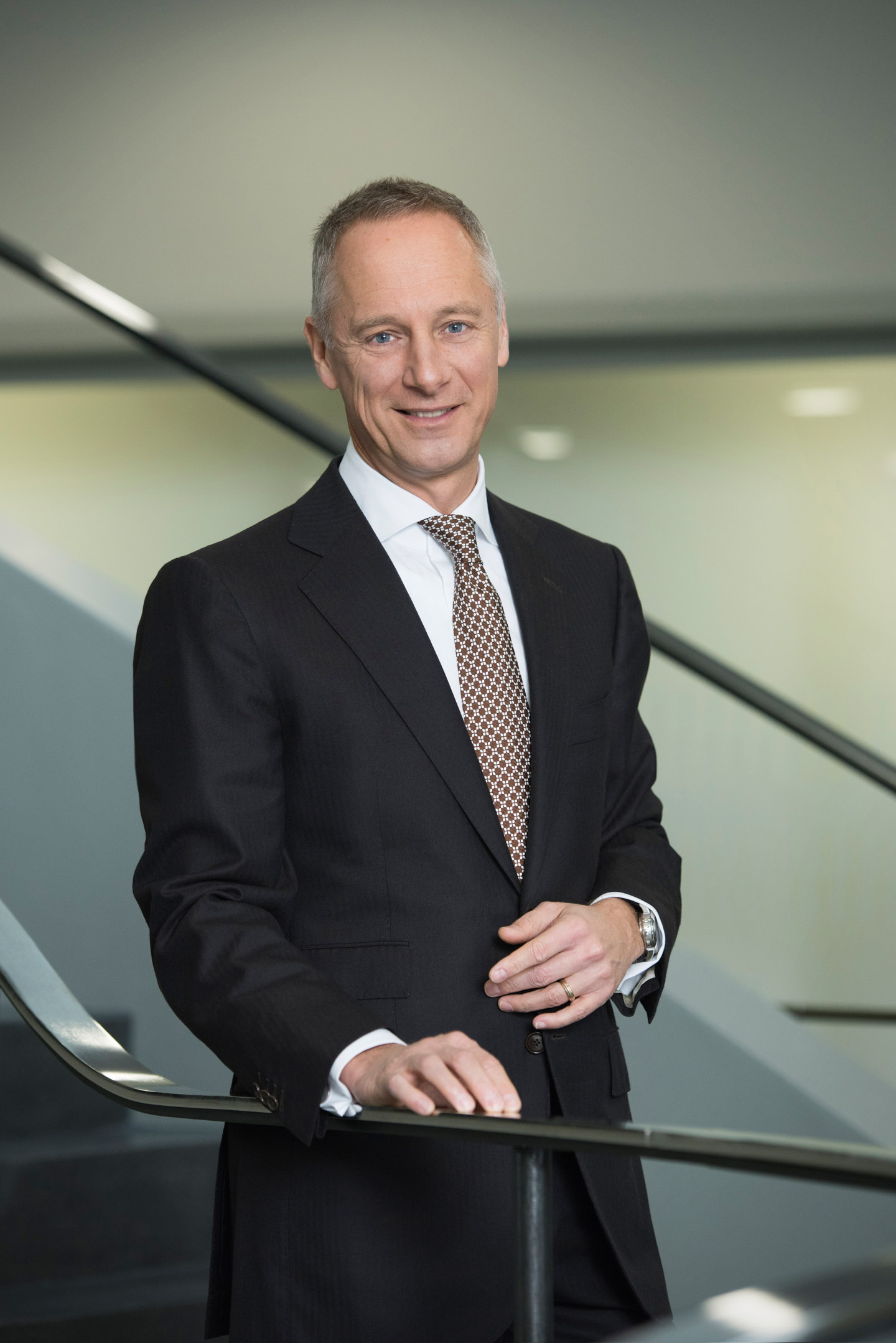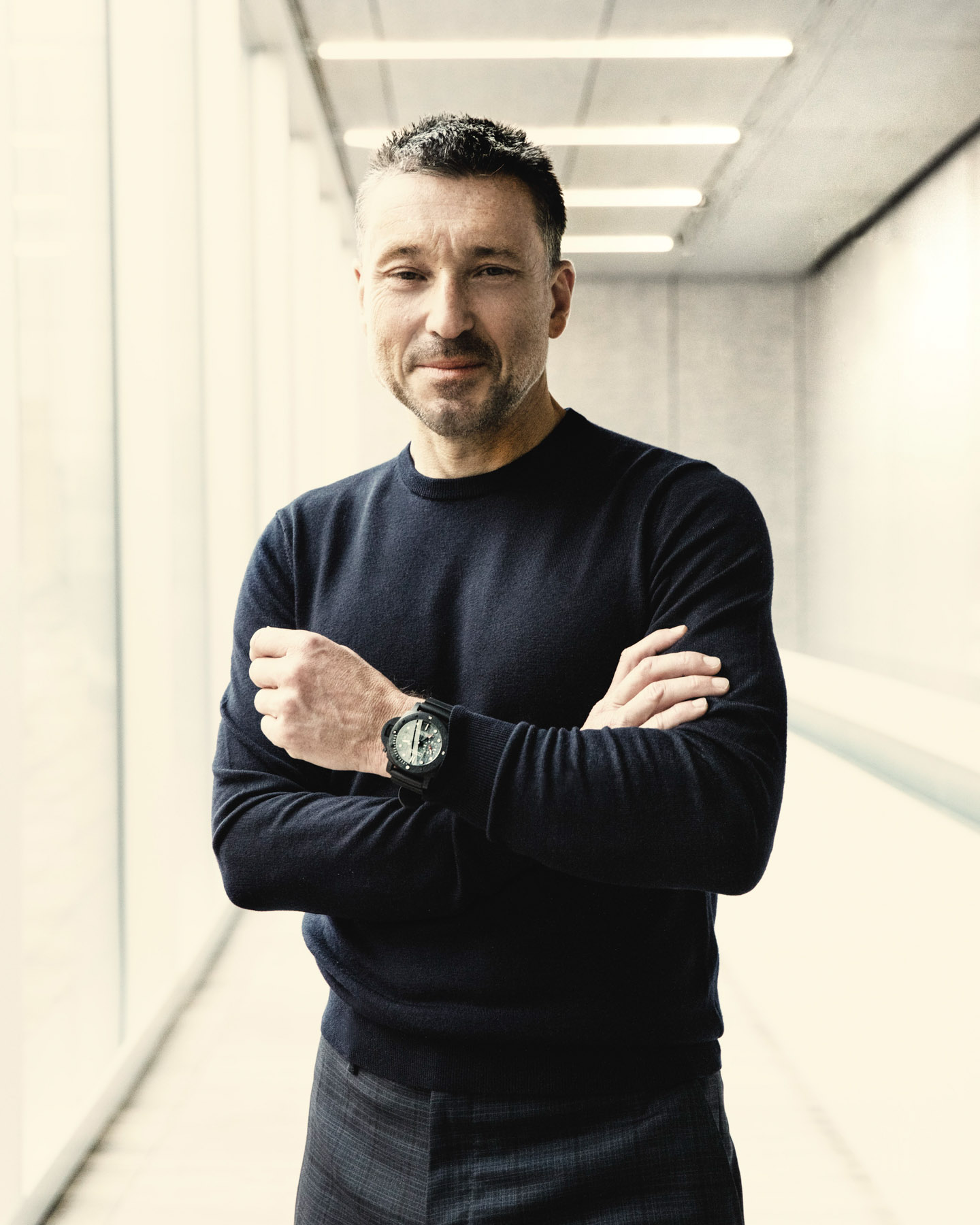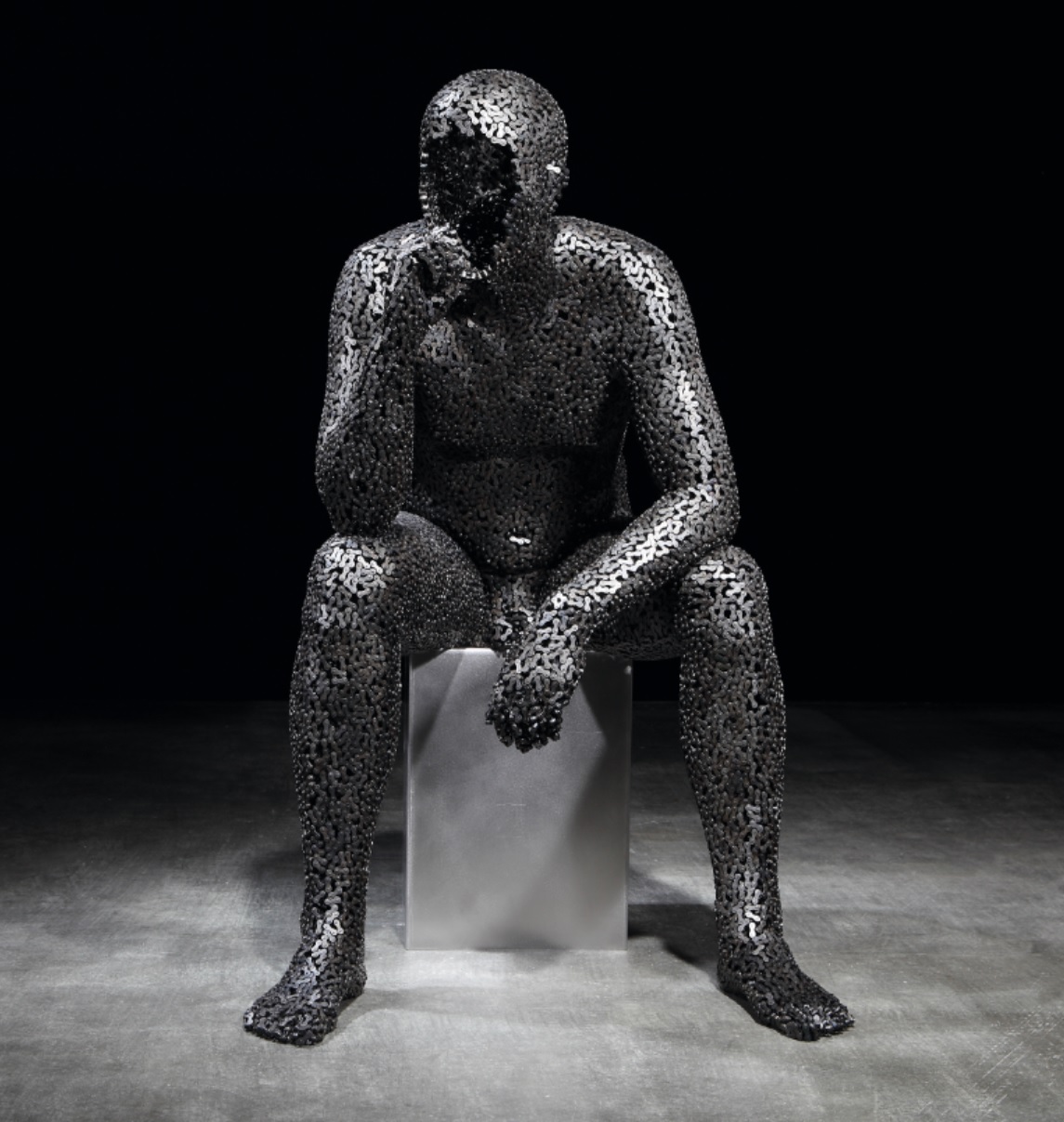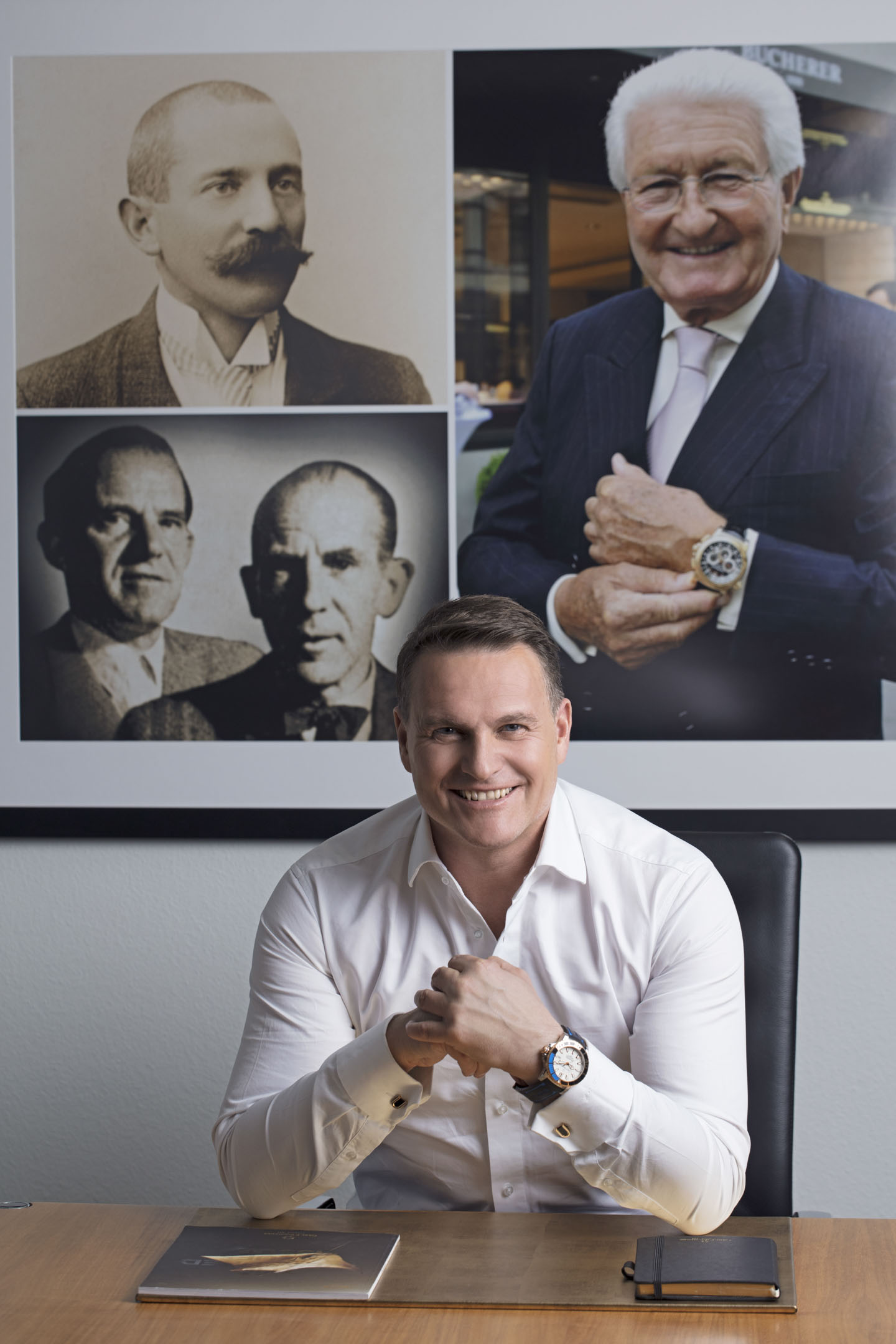The CES tech show has already announced what next year will look like: This major event will be held in an exclusively digital format. “Amid the pandemic and growing global health concerns about the spread of COVID-19, it’s just not possible to safely convene tens of thousands of people in Las Vegas in early January 2021 to meet and do business in person,” said Gary Shapiro, President and CEO of CTA.
For the watchmaking industry, too, there is no guarantee that next year will be any less troubled than the one that is currently unfolding. Beyond its direct commercial impact, the pandemic crisis seems to have transformed the way the watch world works more profoundly in six months than the industry has changed in the last decade.
We’re seeing several notable consequences, beginning obviously with an acceleration of the digital transition, in the form of presentations by teleconferencing to replace physical exhibitions, increased investment in social networks, and the launch of e-commerce platforms as a substitute for exclusive boutiques.
Polarization also seems more pronounced, between the “blue chips” of the watchmaking industry (most notably the large independents and artisans with limited production) and the rest of the pack. In this respect, the accelerating fusion between the primary and secondary markets should also be highlighted, with the value of pre-owned watches increasingly influencing that of new watches.
An unstoppable avalanche has swept away all pre-crisis concepts and stripped everything bare. We’ve entered a period of transition that is both frightening and exciting, promising a time of experimentation with new concepts amid the uncertainty, and new horizons for the watchmaking world.
In these unprecedented circumstances, we interviewed several CEOs representing a variety of economic realities to find out their assessment of the effects of the crisis and learn how they intend to bounce back, particularly with regard to the presentation of their new models following the cancellation of almost all physical shows.

Manuel Emch (Louis Erard, Raketa): “The logic of our launch strategy is being reversed.”
For the former head of Jaquet Droz and Romain Jerome, who now works as a consultant and board member for various brands including Louis Erard and Raketa, the “forced march” toward a more digital approach will eventually lead to a much more hybrid system for the watch industry: “Success comes from the multiplication of distribution channels,” he says.
Manuel Emch has witnessed the transition for himself: while Louis Erard hasn’t focused on e-commerce until this year, the independent Swiss brand should achieve 15% of its turnover online in 2020. While that’s not enough to make up for lost in-person sales, it’s a decent result, particularly as the onset of the pandemic crisis served to hasten a transition that had already been planned, albeit over the longer term. “Within five years, it is quite conceivable that half of the brand’s turnover will be generated online,” says the expert.
The system set up by Louis Erard now also allows its representatives to order online. “This was not part of the initial plan, but it’s one of those unintended consequences that occurred with the interruption of physical transactions,” explains Emch. “Our relationship with our retailers is being digitized, with positive effects on financing, stocks, and transparency.”
In fact, Louis Erard’s entire launch strategy has been modified or even reversed. Rather than waiting for one or two major events to present its new products, the brand founded in 1929 will from now on “flatten” its production calendar throughout the year and seize opportunities as they arise. For instance, drops are planned for next year’s Salone del Mobile in Milan, and Art Basel.
The brand is also planning to multiply creative collaborations with “outsiders” such as industrial designers, in order to extend its reach outside the traditional watch world and its traditional clientele. “The idea is to offer a continuous animation of our collections throughout the year,” says Emch. “This is key in a highly saturated digital communication environment.”
For the manager, the industry has entered a new era of permanent crisis whose only stable component is… instability: “Only a creative, light, and agile structure can adapt to shorter and more violent business cycles. Louis Erard and Raketa, as smaller independent brands, have always had to navigate a hostile environment, which means they have developed a corporate culture that has become a competitive advantage today. In previous times of crisis, everyone tried to imitate Rolex, but that’s an impossible model to replicate. Brands have to find their own path.”

Maximilian Büsser (MB&F): “We quickly saw who we could rely on.”
It may seem paradoxical, in view of the immense uncertainty that reigns in the watch industry today, but if the pandemic has one silver lining for brands, it is in the way it has “clarified” their relations with partners, both in production (suppliers) and sales (retailers). It’s a crash test that demonstrates with stark clarity which partners can work effectively with a brand during a crisis.
Maximilian Büsser, the founder of MB&F, is well aware of the phenomenon. “In such difficult times for the industry (and the planet), we quickly saw who we could rely on, and it is with them that we will build the future.” Just 10 of the watchmaker’s 26 representatives worldwide account for 75% of its turnover.
“We had to develop a binary approach because we have neither subsidiaries nor volumes of new products to send around the world,” says Büsser. “These 10 retailers will each receive prototypes of our new releases for a few days, to allow them to explore the timepieces. The others will have digital presentations.”
Word of mouth and social networks, as well as a strong partnership with retailers, will continue to form the basis of MB&F’s business strategy: “For almost ten years now, the company’s goal has been not growth, but rather the realization of our creative projects,” Büsser emphasizes. “The first half of 2020 actually saw historic sell-out levels for the brand (volumes were up 45% over 2019, our reference year), despite the fact that the majority of our retailers were closed for several months, and travel was impossible.”
The brand is taking part in the Geneva Watch Days, which focus on European customers and media. “Before COVID-19, I hadn’t heard of Zoom or Microsoft Teams,” says the entrepreneur. “Today it is the new standard. But when you put so much love and work into finishes like ours, it’s virtually impossible to convey that digitally — even our photos don’t do them justice.” As for 2021, it’s still terra incognita as far as presentations are concerned: “If Watches & Wonders takes place in April, we will continue to participate, but nothing is confirmed at this point.”

Stéphane Waser (Maurice Lacroix): “We have already gone to Plan B.”
For Stéphane Waser, the reality of the post-COVID-19 world has made possible scenarios that had hitherto remained mostly experimental. The Managing Director of Maurice Lacroix is uncompromising: “We have already gone into ‘Plan B‘ mode because we will never go back to the previous situation.”
He shares his observations about the last few months: “Digital is a possible tool for introducing new products, but the presentations must be designed and developed specifically in this direction. More effort is required in terms of preparation to reach the same level as physical interaction. An in-person event with 200 to 300 guests transformed into a Zoom session is not efficient, and the impact is very minimal. Some car brands experienced this last spring, following the cancellation of the Geneva International Motor Show.”
The technology itself has taken a leap forward as a result of the crisis, notes Stéphane Waser — in fact, we have seen an increasing number of launches of new teleconferencing solutions, which allow for better online interaction. The brand will be present at the Geneva Watch Days and will simultaneously host video conference sessions for retailers and journalists who cannot attend.
The manager shares another observation: given the interruption in tourism and travel, it’s vital now to “think local” first and foremost, as well as to take into account the probable drop in customer purchasing power as a result of the pandemic: “In times of predicted recession, consumer confidence calls for caution.” Maurice Lacroix, which returned to more accessible models under Stéphane Waser’s mandate, notably via the Aikon line, intends to engage with this new reality.

Wilhelm Schmid (A. Lange & Söhne): “Online shopping still plays a minor role in our business model.”
Like several brands in the Richemont Group, A. Lange & Söhne (A German, not Swiss company) will participate in September in one of the few physical trade fairs of 2020: Watches & Wonders in Shanghai, strictly reserved for the Chinese market. “I am looking forward to this event, where we will be able to showcase our new timepieces once again face-to-face — with all the necessary safeguards, of course,” says the German brand’s CEO, Wilhelm Schmid.
Before the coronavirus, Schmid was very often on the road, presenting high-end timepieces whose value is best appreciated through touch and feel. Over the past few months, he has relied on videoconferencing. “Among our customers who have spent the last few months in the confinement of their homes, there is an increased interest in new watches. After we presented our novelties digitally, I talked to customers from all over the world via Zoom. Such conversations take place in an equally pleasant atmosphere as in a one-on-one meeting. (…) In doing so, we have gained valuable new experience and insights from which we will benefit in the future.”
However, the CEO stresses the temporary and limited nature of this type of presentation: “The pandemic has taught us how flexibly we can adapt even to the most radical changes, at least for a limited period. (…) But however good they may be, my personal assessment is that entirely digital presentations will never be able to replace the feel and touch of our watches.”
In the price segment occupied by A. Lange & Söhne, e-commerce remains very limited, despite the acceleration of the digital transition in recent months. “For the time being, online shopping still plays a minor role in our business model. In most cases, the purchase decision process has been prepared online. But the majority of our customers come to the store to confirm the expectations they have established on the internet before reaching their final purchase decision. (…) I would not rule out the idea that purchasing habits may eventually change and that recent events will accelerate this development. Either way, we will be prepared.”
Like many executives, Wilhelm Schmid advocates the need for “an intelligent interaction of different channels and techniques” and for more touchpoints between the brand and its customers. The omnichannel model seems tailor-made for the watch industry, and the pandemic crisis is certainly accelerating the digital component of this strategy.
Sascha Moeri (Carl F. Bucherer): “An ever more personal approach to luxury.”
As the world’s leading watch retailer, with dozens of physical points of sale in Europe and the United States, the Bucherer Group has naturally been very heavily impacted by the pandemic crisis. The Lucerne-based giant also sells its own watch brand, Carl F. Bucherer, headed by the energetic Sascha Moeri, who remains confident in the resilience of his brand: “Our company has gone through many crises in the past and will also manage this one. We focused on what we have done best in the past 132 years: watchmaking.”
In the last two years, the brand invested in e-commerce, notably through JD.com in China, as well as on the Bucherer and Tourneau (acquired by the group in 2018) online sales platforms. “In the future, the most successful brands will be those that are able to orchestrate the right balance of on- and offline touchpoints,” says Sacha Moeri.
He quotes Jörg G. Bucherer, the third-generation family member at the head of the group, who once said: “You cannot replace a handshake.” But in these times when even handshakes are off-limits, the CEO continues, “obviously (…) digital communication is more relevant than ever.” For Moeri, luxury is going to be defined above all by an increasingly personal shopping experience.
This is key to Carl F. Bucherer’s future strategy: to increase the number of individual appointments to present its models around the world. The brand is inaugurating a new concept of physical launches, the first stage of which will take place in Geneva at the end of August.

Jean-Marc Pontroué (Panerai): “Think national rather than international.”
With its design center in Milan, Panerai was confronted early on with the effects of the pandemic, which first hit Europe in northern Italy. “Our priority was to protect our employees and to ensure a certain level of activity,” says CEO Jean-Marc Pontroué. “With regard to our 740 employees and 19 subsidiaries, we had to show common sense and agility. In particular, we adopted a new approach to working via videoconferencing with our employees, as well as with our 150 stores and 400 business partners.”
The supply chain was also reviewed, with the aim of allocating additional quantities to markets such as China, which experienced “massive growth” after the end of the crisis in the country. “However, we have limited all shipments to countries that were suffering from total or partial closure,” explains the CEO, who also stresses the importance of organizing presentations “nationally rather than internationally”, a strategy the brand has found to be “effective”.
Panerai has also invested in new digital concepts: In July, the brand launched a new digital platform called PamCast offering virtual trips, from a tour of Florence to the ocean depths.
“I firmly believe that we are much stronger today than in the past,” says Jean-Marc Pontroué. “Panerai has demonstrated its strong resilience and its ability to adapt very quickly to a new scenario. One of the great assets of digital is that it allows us to address everyone. This period should serve to strengthen links with the members of our community, through the multiplication of points of contact. We are ready to take on the challenge of improving the shopping experience.”
Final thoughts
The impact of this pandemic crisis can be divided into two major effects: In the short term, the past six months have been a period of intense experimentation, resulting in the implementation of strategies (particularly digital) in just a few weeks that would have taken months in the normal (and long) course of things in the watch industry.
This experimental phase has happened across the entire watchmaking spectrum, regardless of the size of the brands in question. The fact that Patek Philippe now authorizes e-commerce in certain cases is a clear indication of this.
In the long term, the risk is that the effects of the pandemic crisis will lead to a deep economic recession. Watchmaking has already been hit hard by the halt in transcontinental travel. Chinese visitors will be staying at home for an indefinite period – one that will certainly be counted in years. For watch brands, this means re-exploring national clienteles and local markets, and knowing how to appeal to new generations, particularly in the more mature economies.
This return to a domestic strategy will certainly be the most lasting effect for an industry that has been buoyed by the wave of globalization over the last two decades. In concrete terms, it means empowering local teams, who are best able to understand the expectations of their compatriots. The way in which watchmaking operates is bound to undergo a profound transformation.
In this new landscape, it remains to be hoped that national economies will resist the effects of the pandemic better than expected, as the future of watchmaking will increasingly depend on local purchasing power.
Serge Maillard is CEO of Europa Star, a family-owned publishing house founded in Geneva in 1927, which specializes in the world of watches. For almost a century, the company has been circulating print publications globally, and has recently started to make its horological archives accessible online.


